Optimal Lawn Mowing Practices
Begin mowing when the grass starts to grow actively. This encourages healthy growth and helps prevent weeds from establishing.
Regular mowing during summer keeps grass at an optimal height, promoting drought resistance and pest control.
Mow before the first frost to prepare the lawn for winter, reducing thatch buildup and promoting healthy root development.
In colder climates, mowing is generally not necessary during winter months unless there is ongoing growth or specific turf needs.
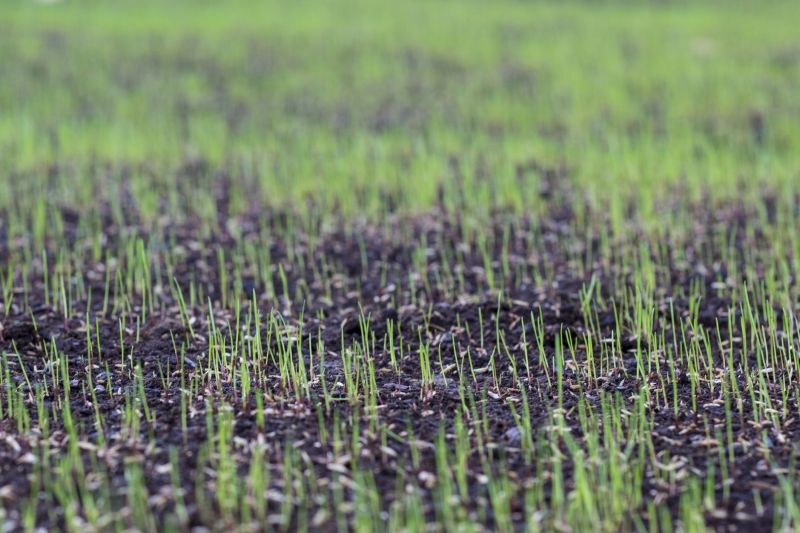
A lush, green spring lawn after mowing.
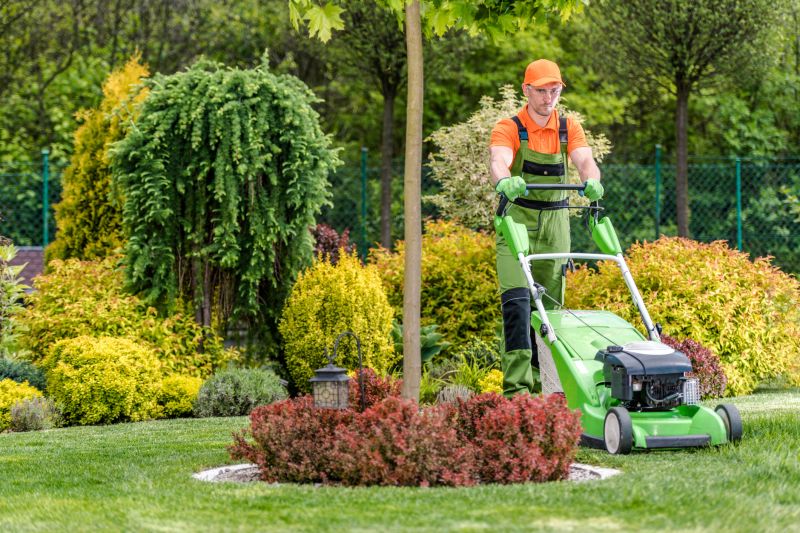
Mowing during summer to maintain healthy grass.
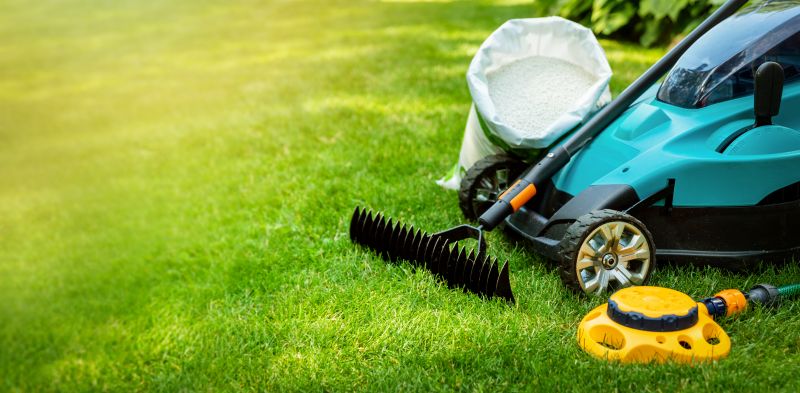
Preparing the lawn for winter with a final mow.
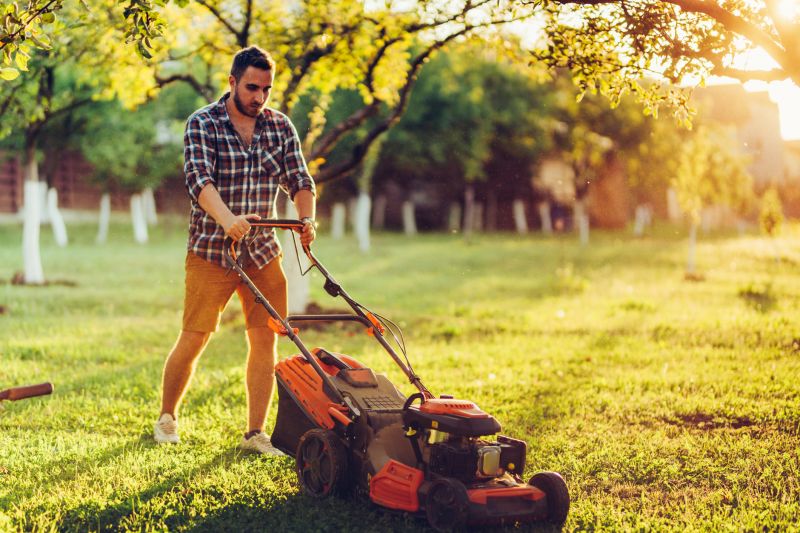
Minimal mowing during winter months.
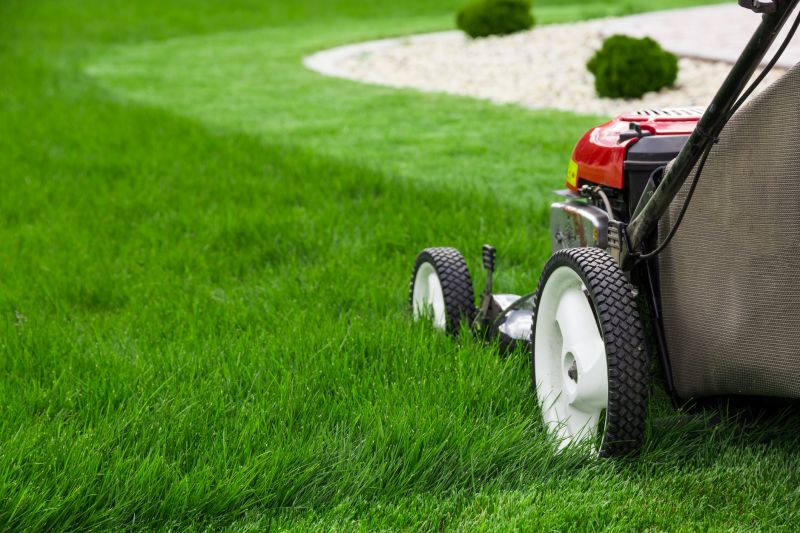
Ways to make Lawn Mowings work in tight or awkward layouts.
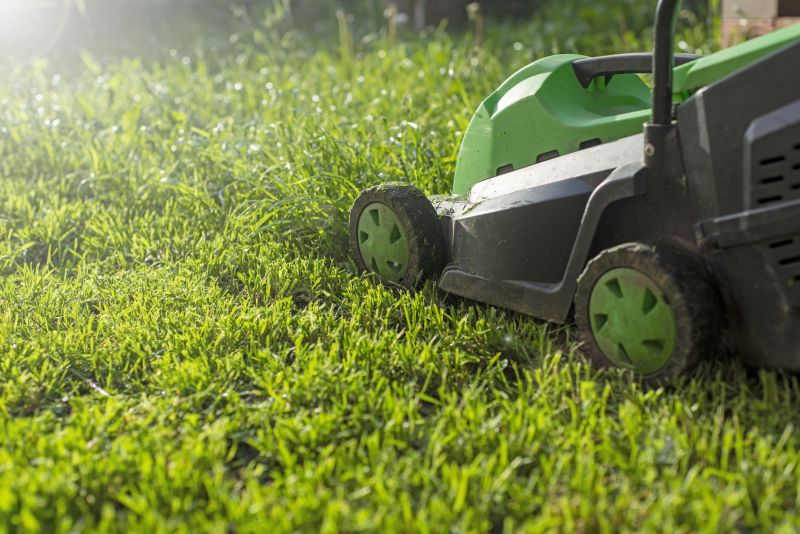
Popular materials for Lawn Mowings and why they hold up over time.
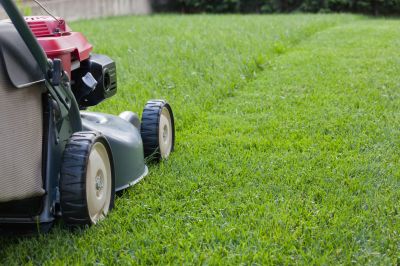
Simple add-ons that improve Lawn Mowings without blowing the budget.
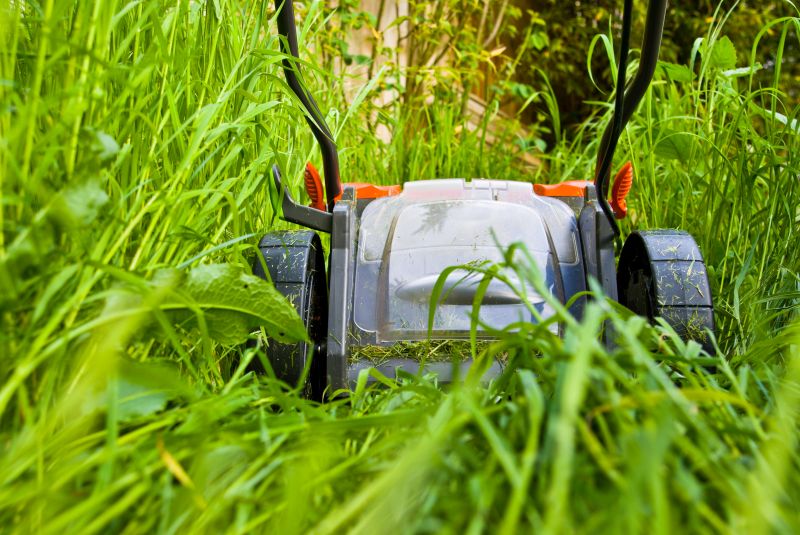
High-end options that actually feel worth it for Lawn Mowings.
| Season | Recommended Mowing Practice |
|---|---|
| Spring | Start mowing when grass reaches about 2.5 to 3 inches. |
| Summer | Maintain grass at 2.5 inches for optimal health. |
| Fall | Mow before the first frost to a height of around 2.5 inches. |
| Winter | Mowing is typically not necessary unless growth persists. |
| Peak Growth | Mow once a week or as needed to prevent overgrowth. |
Lawn mowings play a vital role in turf health and aesthetic appeal. Proper mowing practices, including height and frequency, influence grass density, root strength, and resistance to pests. Regular mowing also helps manage thatch buildup and improves nutrient absorption. The timing of mowings should align with grass growth patterns, which vary by season and climate conditions.
Statistics indicate that mowing at the correct height can increase turf resilience by up to 20 percent and reduce pest infestations. In Madison, WI, the growing season typically spans from early spring to late fall, requiring tailored mowing schedules to match seasonal growth rates. Adjusting mowing practices based on weather and grass type ensures a healthy, vibrant lawn year-round.

A well-maintained lawn with even, lush grass.
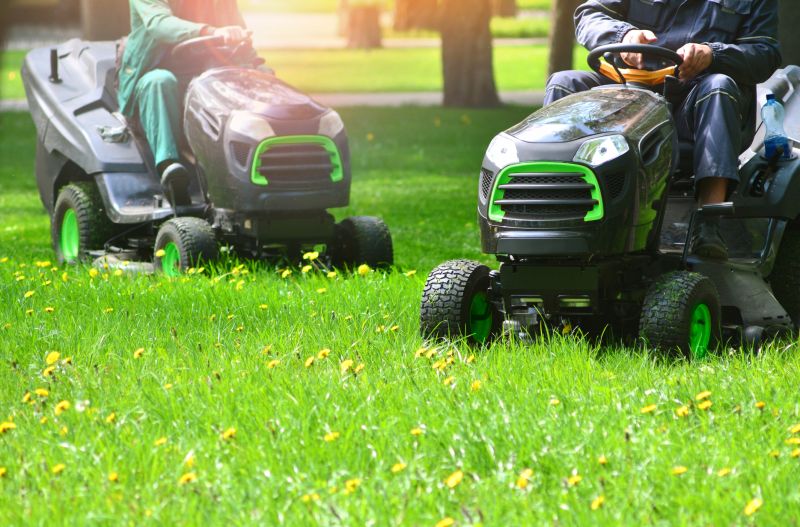
A mower trimming a vibrant green lawn.
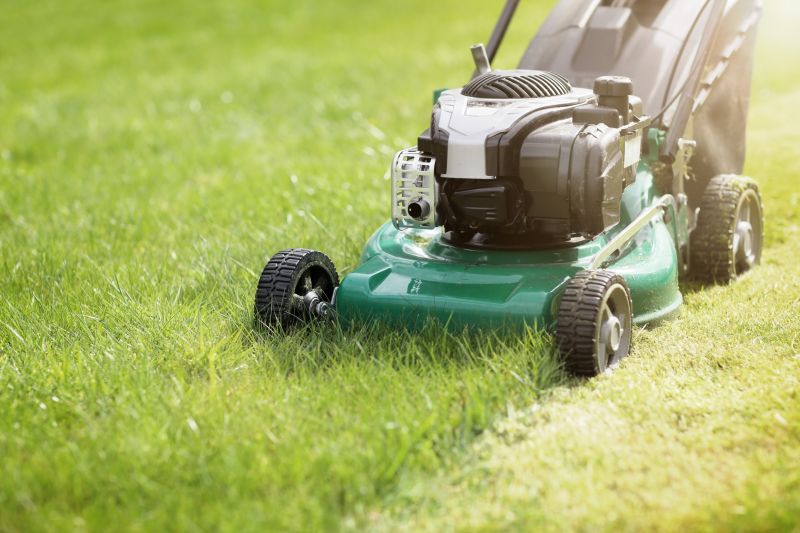
Detailed view of freshly cut grass blades.
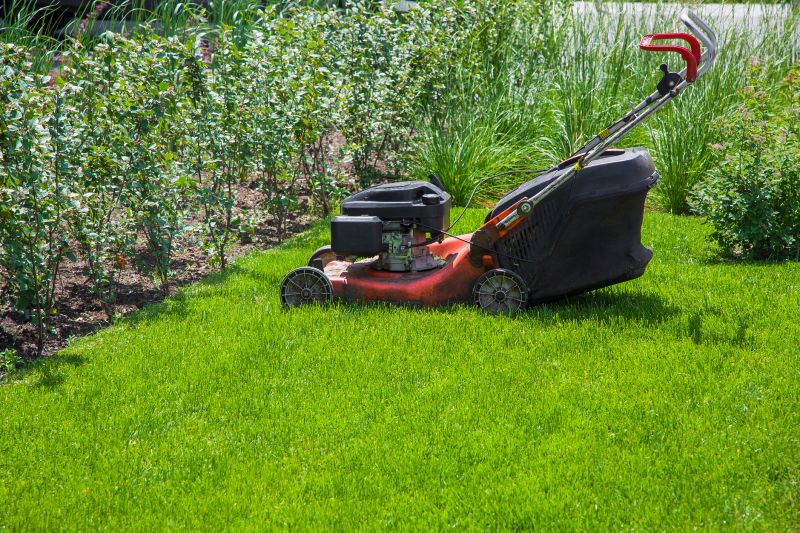
Finishes and colors that play nicely with Lawn Mowings.
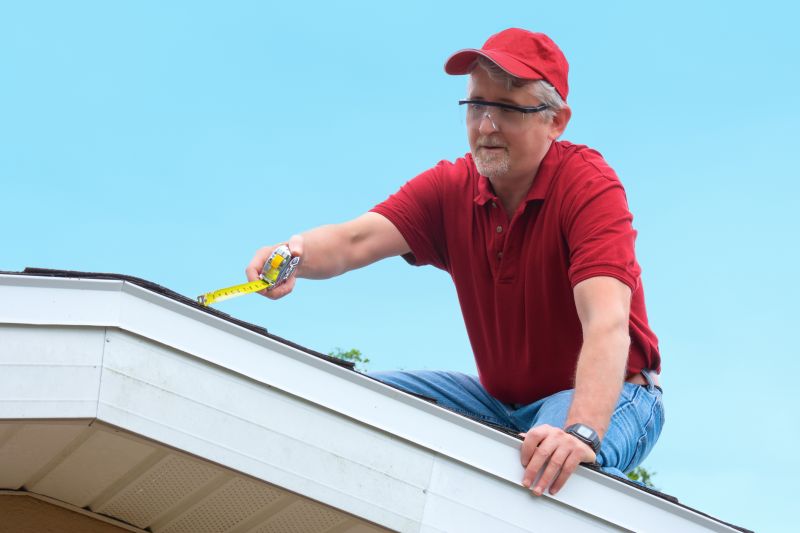
Little measurements that prevent headaches on Lawn Mowings day.
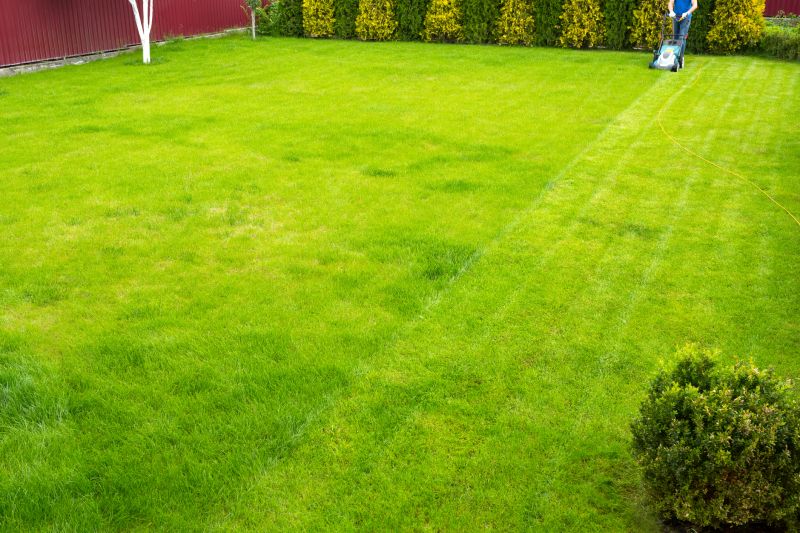
A 60-second routine that keeps Lawn Mowings looking new.
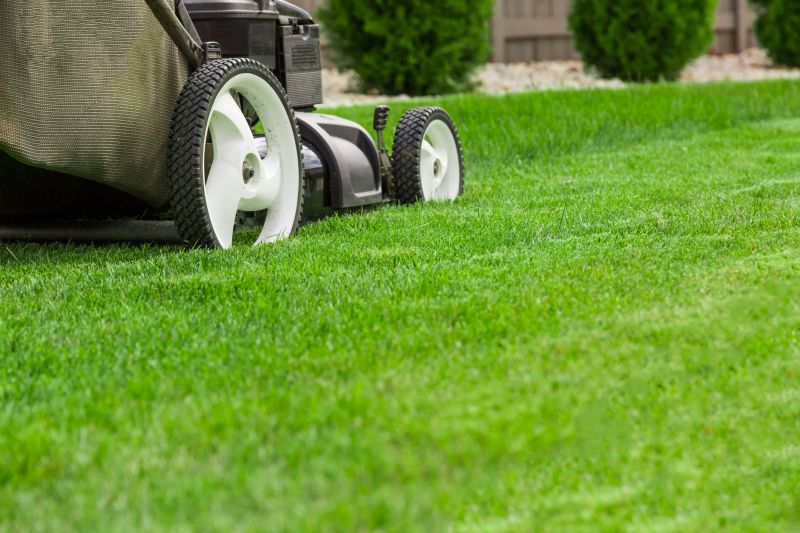
A frequent mistake in Lawn Mowings and how to dodge it.

Small tweaks to make Lawn Mowings safer and easier to use.
Interested in professional lawn mowings tailored to local climate and grass type? Filling out the contact form can provide more information about scheduling and services available in Madison, WI.
